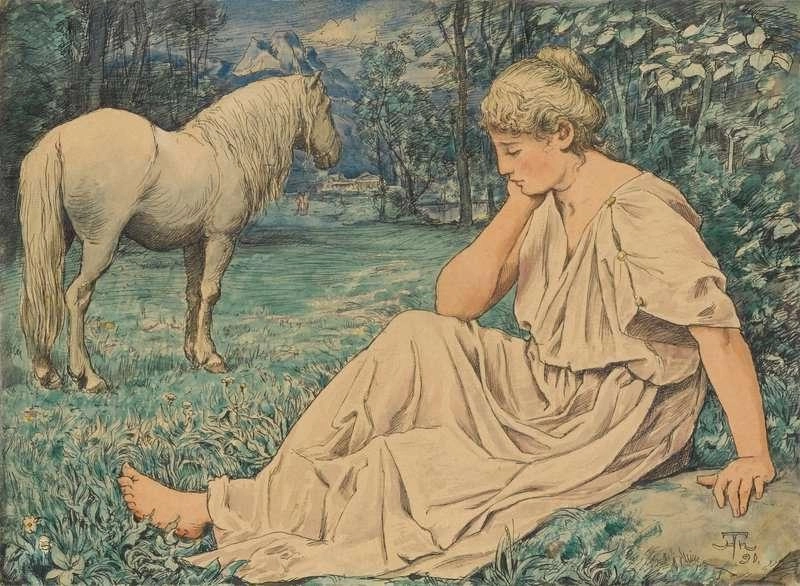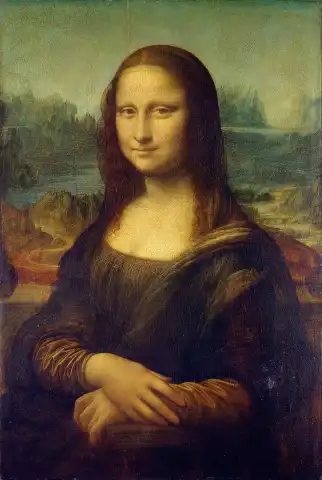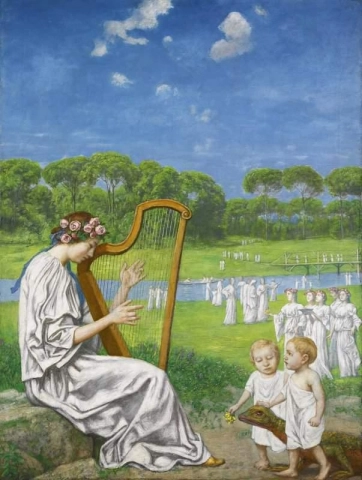

Hand painted reproductions of Hans Thoma
Hans Thoma: A Renowned German Painter of the Romantic and Symbolist Movements
Early Life and Artistic Development
Hans Thoma (1839–1924) was a German painter who became one of the leading figures in 19th-century German art, blending elements of Romanticism, Realism, and Symbolism. Born in Bernau in the Black Forest, Thoma initially trained as a woodcarver before studying at the Karlsruhe Academy. His early works were influenced by the romantic landscapes of the Black Forest and the German folk traditions that he grew up with.
Thoma's travels across Europe further shaped his artistic development. During his time in Italy, he was exposed to the works of Renaissance masters and the vivid color palettes that would influence his later works. By the end of his career, Thoma had established himself as a master of both genre painting and landscapes, combining mythological and folkloric themes with contemporary life.
Style and Influence
Hans Thoma’s paintings are characterized by their vibrant colors, dynamic compositions, and an idealized, often mystical portrayal of nature and people. His style combined elements of Romanticism, such as the expression of deep emotion and the reverence for nature, with Symbolist themes, emphasizing dream-like and spiritual aspects.
Thoma was deeply influenced by the work of the Nazarenes, a group of German artists who sought to revive medieval and Renaissance art, and by the ideals of the German Romantic movement. He was also interested in incorporating Germanic myths and folk traditions into his work, often depicting scenes from German folklore and allegorical subjects.
Legacy and Recognition
Hans Thoma played a pivotal role in the development of German art, particularly in the late 19th and early 20th centuries. His unique blend of Romantic and Symbolist elements resonated with a broad audience, and his works were exhibited widely during his lifetime. Thoma was a professor at the Karlsruhe Academy and was instrumental in shaping the next generation of German artists.
Today, his paintings are displayed in prestigious museums across Germany, including the Städel Museum in Frankfurt and the Karlsruhe Art Museum. Thoma’s legacy lives on through his vibrant depictions of German cultural heritage and his contribution to the development of modern German art.
Where to Buy Handmade Oil Painting Reproductions of Hans Thoma’s Works
Explore the timeless beauty of Hans Thoma’s paintings with our high-quality, handmade oil painting reproductions on canvas. Crafted by skilled artisans, these reproductions capture the vibrant colors and mystical essence of Thoma’s masterpieces. Browse our collection and bring the beauty of German Romanticism and Symbolism into your home.
Imagine owning an original work of art by Hans Thoma, one of the greatest artists in history. At POD we offer you the opportunity to make this dream come true. We reproduce Hans Thoma's works down to the smallest detail, so you can enjoy them in your own home.
Our reproductions are made by experienced artists who use the best materials and techniques. We are dedicated to providing you with the highest quality works of art, which will bring joy and inspiration to your family for generations.














